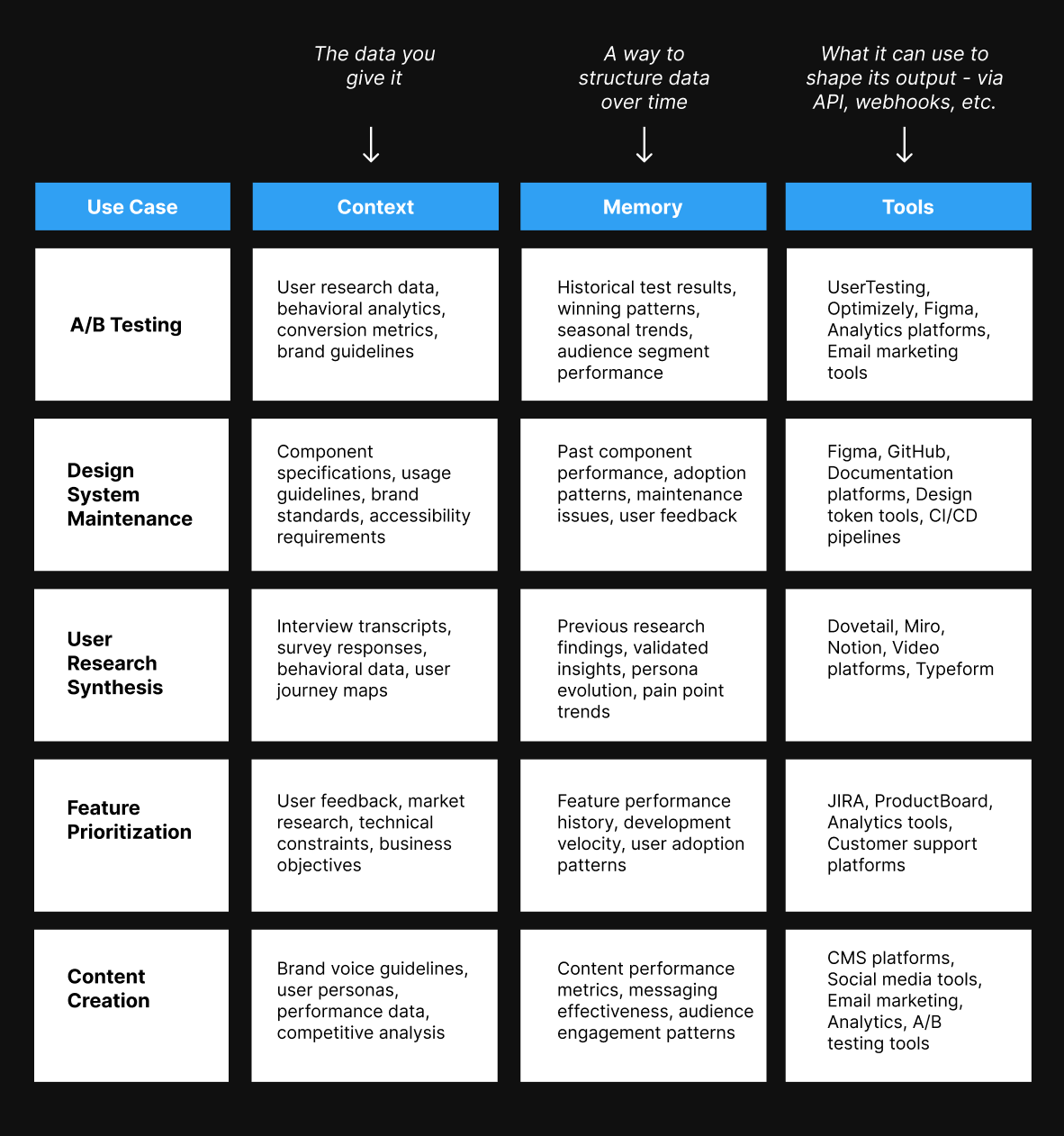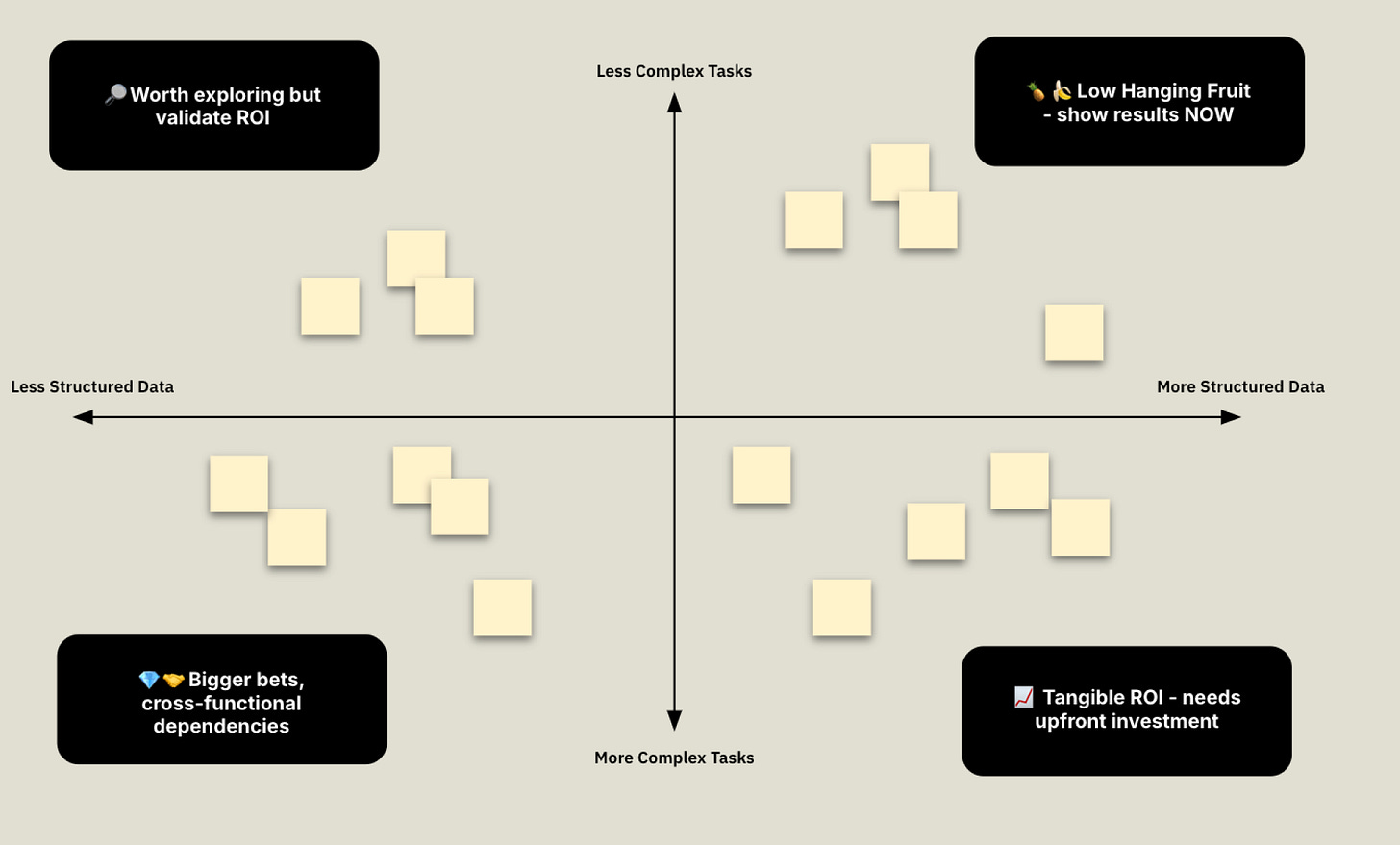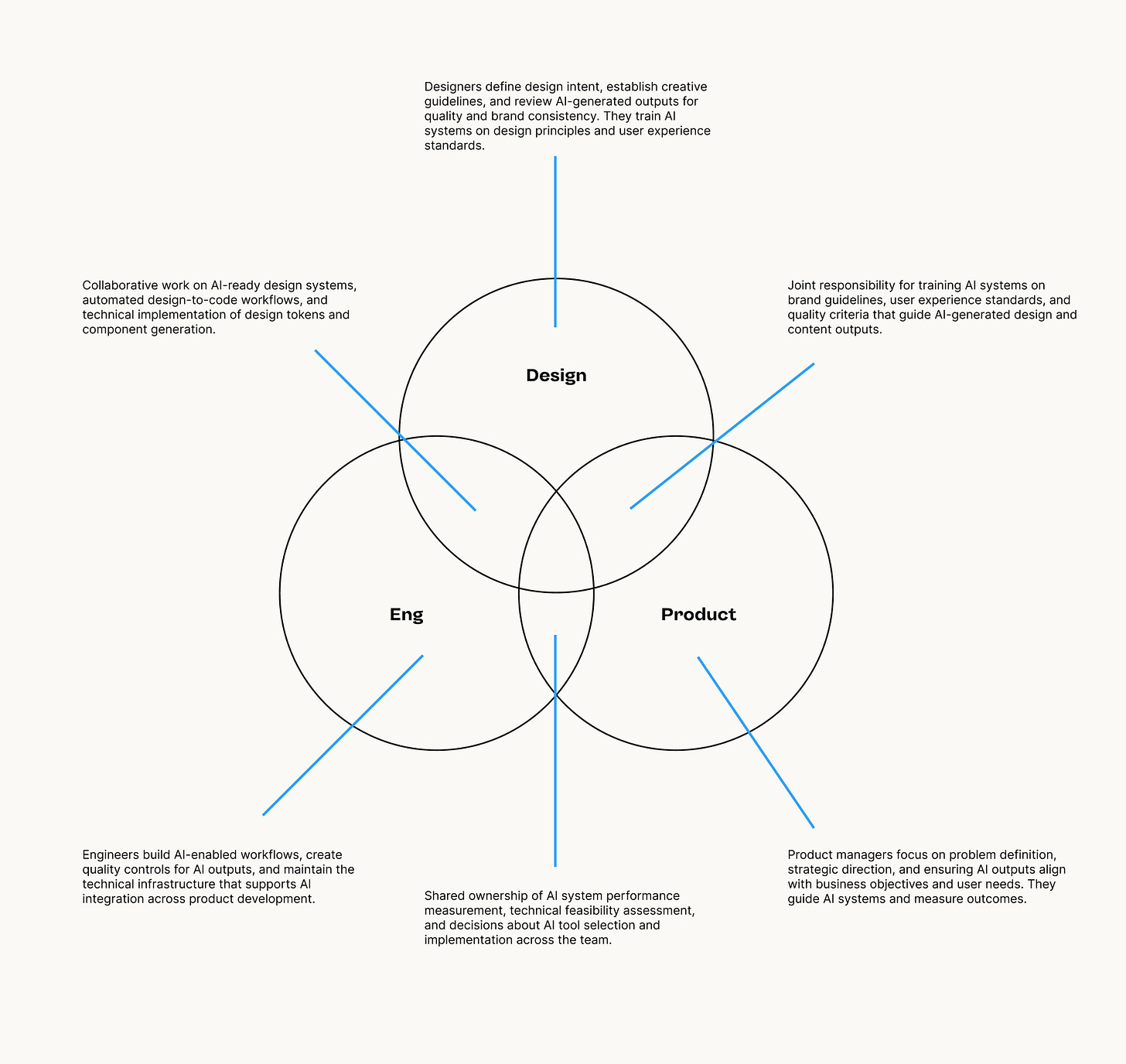Jon Sukarangsan on context-aware design systems, AI-first design principles, and PMs as strategic orchestrators
Product State Q&A
Jon Sukarangsan is CEO at Summer Friday and Partners. He was formerly SVP at Monks, Global Executive Director at DEPT, Group Program Director at Critical Mass + HUGE, VP Program at Edelman Digital, and PM at Oracle + Dell.
Website / LinkedIn
EC: How can AI transform design systems, and what role do Product Leaders play in that transformation?
JS: This is one of the most fascinating shifts happening in product development right now, and I think most people are completely underestimating the magnitude of change coming.
Today's design systems are essentially human communication tools—shared libraries of components with style guides and usage documentation. They've largely become these isolated shared services managed by ‘component librarians’ who are somewhat removed from actual product strategy. I’m generalizing — some orgs have very proactive design systems teams very involved in product strategy, but I’ve found it’s more often the case that they are treated like a centralized shared service.
That model is about to change.
What's emerging is something fundamentally different: Design systems as strategic decision repositories. Instead of just housing visual components, they're becoming a place where micro-decisions, design intent, and strategic rationale get stored and made accessible to AI systems.
Think about it this way: Your design system won't just know that you have a card component. It'll understand that ‘this specific card module is critical to our onboarding flow because it reduces cognitive load during the signup process, increases conversion by 23%, and aligns with our strategic goal of reducing time-to-value for new users.’ That's the level of strategic context AI needs to make intelligent decisions.
This evolution means design system teams can no longer operate as isolated component managers. They're becoming the custodians of product strategy at a very atomic level. They need deep understanding of user journeys, business metrics, competitive positioning, and product strategy because they're encoding the ‘why’ behind every design decision.
For product leaders, this represents a massive organizational shift that requires proactive preparation in a few key areas:
First, you need to restructure how design systems teams report and operate. Move them from shared services into strategic product leadership. Give them direct access to user research, business analytics, strategic planning sessions, and competitive intelligence. They can't encode strategic context they don't have access to.
Second, establish new documentation and governance standards. Every component, pattern, and design decision needs to capture not just implementation details, but business rationale, user behavior insights, performance impact data, and strategic importance rankings. This becomes the context layer that AI references when making design decisions.
Third—and this is where most organizations will struggle—you need to build what I call ‘mapping capabilities.’ Your design systems team needs to understand how AI will interpret and act upon all this strategic context they're encoding. They need to think like AI architects, not just component curators.

This means developing new competencies around prompt engineering, context architecture, and AI workflow design. The design systems team becomes responsible for ensuring that when AI generates a new component or suggests a design pattern, it's aligned with your strategic objectives and brand positioning.
Fourth, create cross-functional design strategy councils that bring together design systems teams, product managers, user researchers, and business stakeholders in regular strategic alignment sessions. The goal is ensuring your design system reflects current strategic priorities and captures evolving product intelligence in real-time.
What excites me most about this evolution is that it positions design systems as the strategic memory and decision-making foundation for AI-powered product development. Done right, your design system becomes the bridge between high-level product strategy and tactical implementation decisions that AI can act upon autonomously.
The organizations that get this right will have AI that doesn't just generate components—but it can start to enable bigger ‘magic moments:’ Things like production-ready patterns / users flows, and dynamic personalization.
EC: What are AI-first design principles that tech teams can start applying today?
JS: You know, I think the biggest trap teams fall into is starting too big and trying to boil the ocean. I've seen countless organizations announce these grand ‘AI transformation initiatives’ only to have them fizzle out because they never gained real traction.
The principle that actually works is what I call ‘friction-first implementation.’ Start by identifying one specific task that creates regular, painful friction for a single role in your organization. And I mean really specific—not ‘help designers work faster,’ but ‘eliminate the three hours our Senior Designer spends every week manually generating design specs from Figma files.’
Here's why this works: When you solve a real pain point completely, you get immediate buy-in and proof of value. More importantly, you learn how AI actually integrates with your specific workflows, tools, and team dynamics. That learning becomes the foundation for scaling up.
But—and this is crucial—you should not just bolt AI onto existing processes. This is where I see the biggest missed opportunities. For example, teams will use ChatGPT to help write PRDs faster, but they're still following the exact same waterfall documentation process they used five years ago. That's optimizing for efficiency, not transformation.
For this example about PRDs — the transformative approach is completely rethinking the role: What if AI generates multiple lightweight requirement variations based on user research data, competitive analysis, and business objectives? Suddenly the PM isn't a document writer—they're a curator, evaluating and choosing between AI-generated options.
This shifts the entire workflow from creation to curation, from detailed specification to rapid validation. The PM can test five different approaches with stakeholders in the time it used to take to write one comprehensive document. When the economics of how long things take changes, you can start to rethink how you allocate your time and resources.
The key principle here is what I call ‘workflow transformation over tool addition.’
Don't ask ‘how can AI help us do our current work faster?’ Ask ‘how can AI enable us to work in fundamentally better ways?’ That mindset shift is what unlocks big improvements rather than marginal efficiency gains.

EC: How do Product Growth teams go beyond experimentation to drive tangible impact in a Sales-assisted SaaS business?
JS: In a PLG model, growth is often about clean funnel experiments — you tweak onboarding or pricing tiers, run an A/B test, and quickly see the impact. But in a sales-assisted SaaS business, the reality is much messier. The most valuable signals aren’t just in product analytics — they’re buried in sales call recordings, CRM notes, support tickets, things like that.
Historically, Growth teams struggled to make sense of that data at scale. You’d rely on anecdotes from Sales — or spend days manually combing through call notes. That’s where AI helps significantly. In the book (‘The Complete Guide to AI-First Product Design’), I talk about ‘context engineering’ — the discipline of taking unstructured inputs like interviews or decision logs and structuring them so AI can reason over them.
Apply that here: AI can synthesize hundreds of hours of recordings, pull patterns from CRM fields, and link those with product usage data. Suddenly the ‘messy human side’ of the Sales motion becomes structured intelligence that the growth team can actually act on.
The second piece is about roles. In the book I also talk about how the Product Manager role evolves into more of a ‘strategic orchestrator.’
Instead of spending their time managing backlogs and writing detailed PRDs, their highest value is connecting signals across systems — analytics, sales conversations, Customer Success feedback — and guiding AI systems to translate those signals into decisions. In a Sales-assisted SaaS context, that might mean ensuring that what we’re learning from the field feeds back into pricing experiments, packaging updates, or roadmap prioritization. It also means giving sales a sharper story: not just ‘here’s what we think the product does well,’ but ‘here’s what the data says actually drives wins.’

So for me, the shift is this: Experimentation still matters, but the bigger lever is turning messy, human data into structured intelligence, and making sure it flows back into both product and sales. That’s how Growth teams in Sales-assisted SaaS move from just running experiments to driving real, compounding impact.
“Done right, your design system becomes the bridge between high-level product strategy and tactical implementation decisions that AI can act upon autonomously.”
- Jon Sukarangsan



